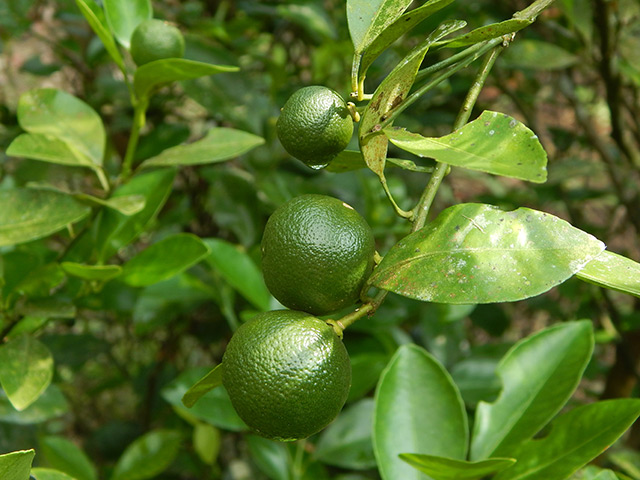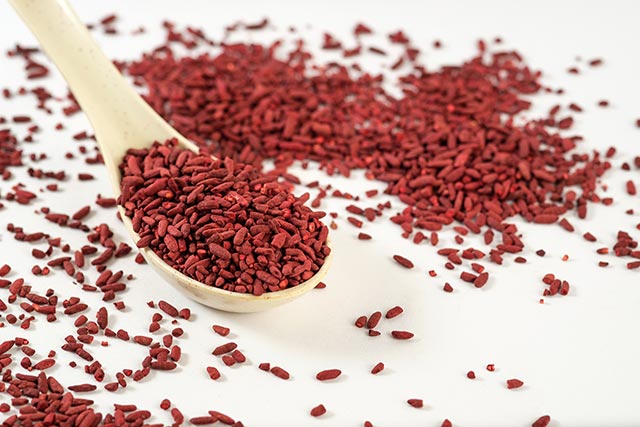Natural alternatives to pain meds: A review of different options, approaches
01/22/2018 / By Zoey Sky

These days we’ve gotten so used to taking medication that most of us have never even considered taking natural alternatives despite the fact that most drugs often come with negative side effects. According to an article from MindBodyNetwork.com, we can deal with pain using self-induced behavior modification.
Stress can often be transferred to certain body parts, but simply learning to relax them can help ease the pain and manage the stress. Recent studies even show that with the help of non-pharmacological remedies, the mind can relieve various kinds of chronic (recurrent) pains, like low back pain.
Dr. James Campbell, a neurosurgeon and pain specialist, said, “The best treatment for pain is right under our noses.” He cautions against “catastrophizing,” or thinking that the pain “represents something disastrous that keeps you from leading the life you’ve chosen.” (Related: Rosehip Supplement Eases Arthritis Pain Better than Painkiller Meds.)
Acute pain is nature’s way of pointing to something wrong “that should be attended to.” But chronic pain is not a good warning signal, and it can cause “perpetual suffering” if people don’t know how to deal with it.
Dr. Campbell, an emeritus professor at Johns Hopkins Medical Institutions, advises that pain is not always a sign that something is “seriously wrong,” and that you can learn to eventually bear it. He adds that people who are in pain often get stuck in a vicious cycle of inactivity which can “lost muscle strength and further pain problems.”
The power of the elements: Discover Colloidal Silver Mouthwash with quality, natural ingredients like Sangre de Drago sap, black walnut hulls, menthol crystals and more. Zero artificial sweeteners, colors or alcohol. Learn more at the Health Ranger Store and help support this news site.
Taking powerful medication when you have chronic pain problems can make things worse since you’ll eventually need higher doses to keep the pain at bay. To remedy this, a group of specialists is exploring “nondrug, noninvasive treatments.” Some treatments have successfully relieved chronic pain.
The American College of Physicians recently issued new non-drug guidelines to treat chronic or recurrent back pain, which afflicts at least one-quarter of adults. Patients with back paint often improve with time “regardless of treatment,” and the college recommends other remedies like “superficial heat, massage, acupuncture or, in some cases, spinal manipulation (chiropractic or osteopathic). Individuals with chronic back pain can try remedies like “exercise, rehabilitation, acupuncture, tai chi, yoga, progressive relaxation, cognitive behavioral therapy, and mindfulness-based stress reduction.”
Researchers at the National Center for Complementary and Integrative Health, a division of the National Institutes of Health are now focusing on drug-free pain management. The group “studied the effectiveness of “non-drug treatments for common pain problems.” The study was published in 2017 in Mayo Clinic Proceedings by Richard L. Nahin and colleagues at the center.
Data from clinical trials show that these complementary approaches “may help some patients manage their painful health conditions: acupuncture and yoga for back pain; acupuncture and tai chi for osteoarthritis of the knee; massage therapy for neck pain with adequate doses and for short-term benefit; and relaxation techniques for severe headaches and migraine.”
In a separate study that was conducted by Daniel C. Cherkin et al. at the Group Health Research Institute (now known as the Kaiser Permanente Washington Health Research Institute) and the University of Washington in Seattle, mindfulness-based stress reduction and cognitive behavioral therapy were both more effective than “usual care” when used to ease chronic low back pain and improving patients’ function.
Cognitive behavioral therapy (C.B.T.) teaches people to “restructure” how they handle problems. “There was already evidence that C.B.T. is effective for various pain conditions,” said Dr. Cherkin. He continued, “Our study showed that cognitive behavioral therapy and mindfulness-based stress reduction were comparable in reducing dysfunction and pain severity.”
A cost analysis also revealed that the mindfulness technique, or a kind of meditation that helps patients be in tune “with their bodies and their lives,” was more cost-effective than both C.B.T. and usual care when it comes to reducing both “health care costs and lost productivity.”
Natural painkiller alternatives
These natural painkiller alternatives are safer compared to drugs, so consider taking some of them the next time you need pain relief:
- Cats Claw — This woody vine, which looks like a cat’s claw, has an anti-inflammatory agent that helps block the production of the hormone prostaglandin, which contributes to inflammation and pain within the body.
- Boswellia — Also called Indian frankincense, boswellia has active components like resin which reduce inflammation and pain.
- White willow bark — White willow bark contains salicin which is converted to salicylic acid in the stomach. Salicin is the primary component of aspirin.
You can read more articles about herbs and other natural cures at Healing.news.
Sources include:
Tagged Under: alternative medicine, complementary medicine, drug-free pain management, mindfulness meditation, natural medicine, pain management, Pain medication, pain relief, stress reduction




















